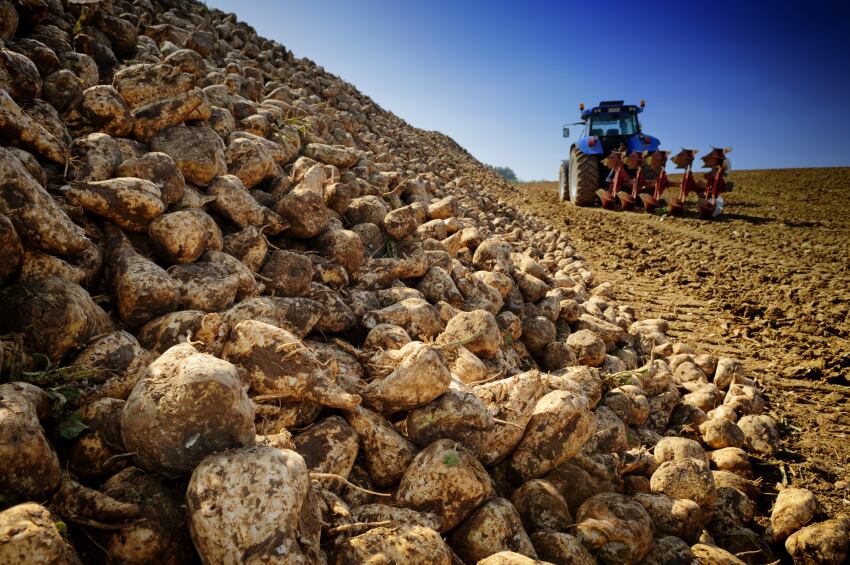The EU production quota for sugar will be abolished a year from now, on October 1, 2017. But the lifting of export restrictions will “make it easier” for EU sugar to find its way to the global market and result in a tightening of supplies.
“Sugar buyers must have been licking their lips when they saw what happened to milk prices last year after the removal of EU milk quotas,” Rabobank noted. “But the scheduled demise of the sugar production quota about a year from now does not necessarily guarantee a low sugar price.”
Currently, around 80% to 85% of the sugar processed in the EU for use in food comes from EU sugar beets. Once the quota is abolished, this percentage will increase due to greater production in the EU and declining imports.
But this won’t necessarily trigger the fall in prices many buyers will have been dreaming about, explained Rabobank analysts Ruud Schers and Sebastiaan Schreijen in their update this week.
Dreams & nightmares
“Even though the world market price will not impact EU consumption directly, it may have a big impact on the trade balance (imports versus exports) post October 2017. The trade balance will strongly depend on the attractiveness of exporting EU sugar to the world market,” they explained.
“Post-quota, EU sugar producers can choose where they want to sell their sugar: in the EU or beyond. Imports, in turn, will be determined by the pull of EU cane refiners, and the push from exporters [in developing countries] who are looking for lucrative markets.”
In this “nightmare scenario”, a small or even negative premium of the EU sugar price versus the one on the world market will see exports rise and imports fall. This could trigger regional sugar shortages or tighter national supply within the EU.
This is a far cry from the “dream scenario” many in the industry will have had in mind – one in which the larger supply of EU sugar post-quotas will lead to a low (or lower) EU sugar price. Buyers therefore need to “wake up”, Schers and Schreijen warned in their paper “Even the sweetest dreams may turn sour: The EU quota regime comes to an end”.
Act now

The analysts said companies reliant on sugar should not surrender to the whims of the market. Rather, they should look at strategies to minimise any price shocks and look closely at their reliance on EU sugar producers. Hedging and long- or longer-term contracts may be the easiest ways for sugar buyers to fix future volumes at an acceptable price level, they said.
Food and drink manufacturers should also ramp up efforts to find alternatives. “Isoglucose or other alternative sweeteners may well be able (in time) to replace sugar as a raw material. Now is the time to work on making this a reality—or, at the very least, to explore the options,” they suggested.
A spokeswoman for CIUS, the Committee of European Sugar Users, noted that the impending sugar market reforms could have both positive and negative consequences. The narrowing of the gap between European and world prices will benefit the EU food industry, but this shouldn’t be “undermined by a risk of shortage”.
“Sugar users prefer to source from European producers but need to be able to source easily outside in the case of a shortage,” she said.
